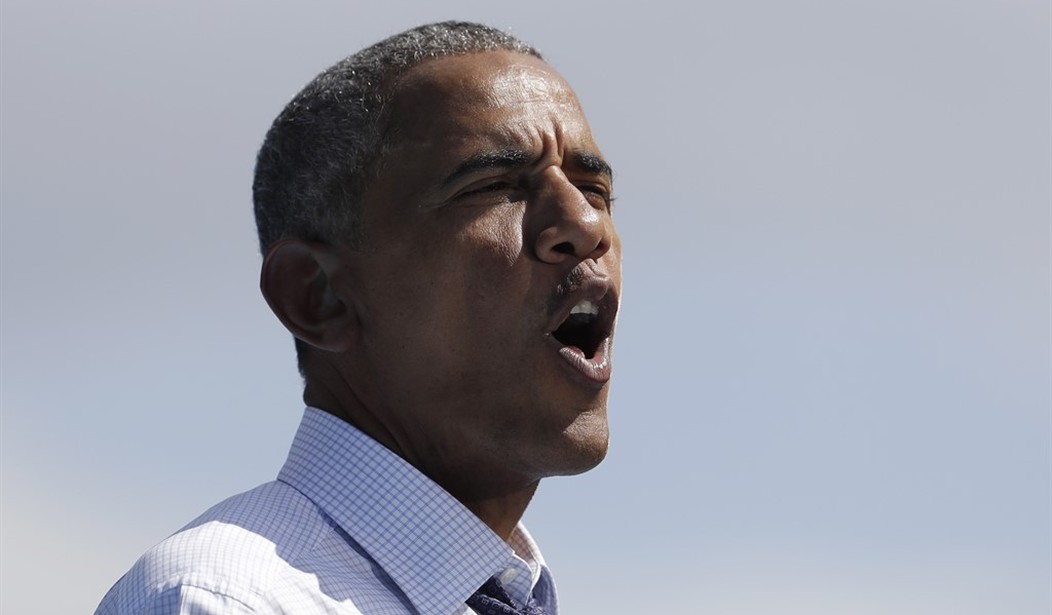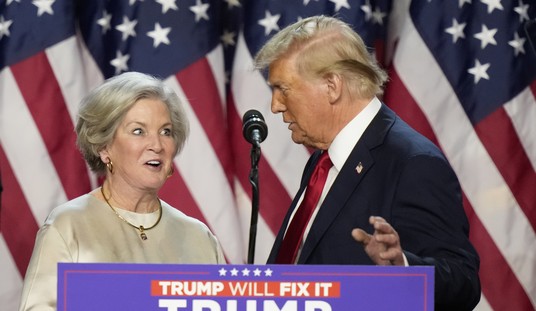With less than two months to go before the presidential election, every day counts. This past week provided a huge contrast between Democratic nominee Hillary Clinton and Republican nominee Donald Trump.
While Clinton is telling us she thinks (some) Americans are deplorable, and that telling us about her health is no big deal, Obama's campaigning for her is reminding us that she is an extension of today's establishment. Meanwhile, Trump is holding policy speeches and introducing thoughtful, detailed reform programs that will help everyday Americans and that are very different from what Clinton is producing.
The contrast could not be clearer.
Tuesday night, standing next to his daughter Ivanka, Trump outlined childcare and dependent-care reforms that include items that assist very different families in very different ways.
Think of this as the citizen-first approach.
"I want to applaud my daughter, Ivanka, for her work and leadership on the issues facing working moms in our country," Trump said. "She has been deeply invested in this since long before the campaign began, and I am so grateful for her work and efforts on this proposal, which I will be outlining today."
Clearly Ivanka, a working mother of three, has had a positive impact on Trump and on his proposal to devise solutions that put people first.
After noting that his "campaign is about ideas; we're about solutions," Trump asked us "to lift our sights, and to imagine what we can accomplish if we work together, trust each other, and put the needs of our own citizens first."
Recommended
His childcare and dependent-care policy does just that, from a variety of angles: pretax deduction, direct aid, tax incentives and saving plans.
Under the Trump plan, childcare costs for children from birth until age 13 will be tax deductible for families. This is incredibly important because it recognizes childcare cost as a cost of being employed. Additionally, it will include a deduction pretax for "stay-at-home parents or grandparents as well as those who use paid caregivers." This recognizes the benefit received from the work of stay-at-home parents and grandparents.
The plan helps those who have lower incomes and do not pay taxes though a direct payment. "The EITC boost in the Trump plan could mean as much as $1,200 extra per year," says his website.
Eldercare cost will also be included. For those of us who are or have been stuck between the needs of young children and older parents (sandwich generation) this is an answer to our cry of anguish and exhaustion.
To encourage savings and provide for future expenses, the Trump plan includes new dependent-care savings accounts allowing for pretax, rollover funds for future expenses relating to child and elder care. To further assist low-income families, "the government will provide a 50 percent match up to $1,000 per year."
While many people use childcare centers, many do not and the Trump plan will provide more leeway to states that let families "choose who will be providing care and where that care will be provided without fear of loss of government benefits."
Additionally, the Trump plan will provide incentives to businesses to provide workplace childcare. It will "incentivize employers to provide childcare at the workplace by making the existing tax credit for employer-based childcare facilities more effective, and will allow the same income tax exclusion allowed to individuals to businesses that contribute to an employees' cost of childcare." For many workers and employers, onsite childcare is a dream come true, reducing commute times, allowing parents to see children during lunch and improving productivity and reducing absenteeism.
Finally, and possibly most radically, the plan will provide six weeks of maternity leave to new mothers. Recognizing that "each year, 1.4 million women who work give birth without any paid leave from their employer," Trump has a solution. He adds six weeks of paid leave for new mothers to the government Unemployment Insurance program. This will be paid for by improper payments and 2017 reforms proposed within the UI system itself.
In coming weeks, as Trump continues to propose reforms that will change our lives for the better, Clinton will find it harder to convince voters that she is the one who cares for them.
While Clinton points to her experience and long history of fighting for voters, we voters have to decide -- are we better off now than we were then? -- or are we stuck in an institutional morass of more of the same and are we ready for real change?
For those who are fed up with talking points and are ready for real change -- Donald Trump may very well be the answer.
























Join the conversation as a VIP Member